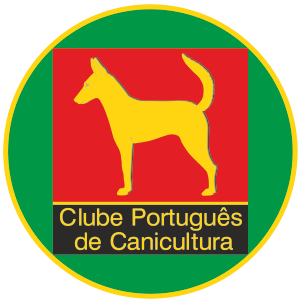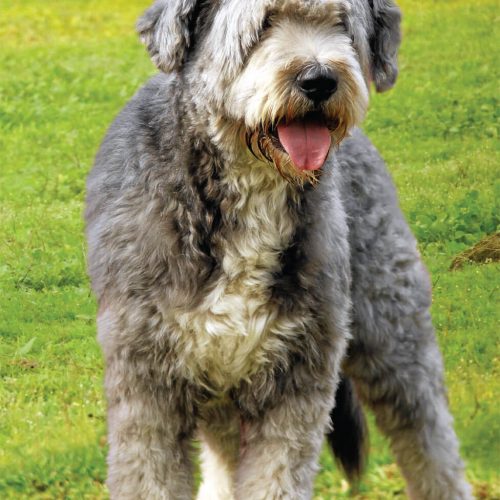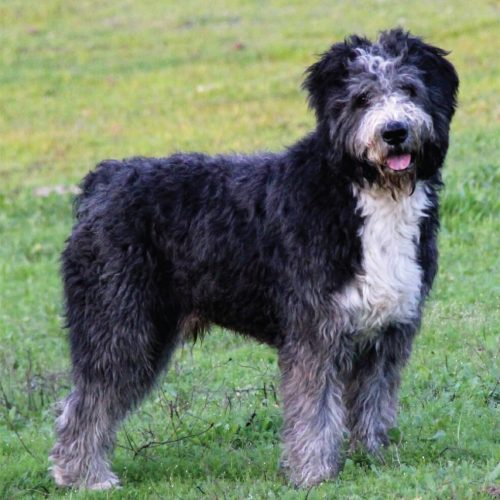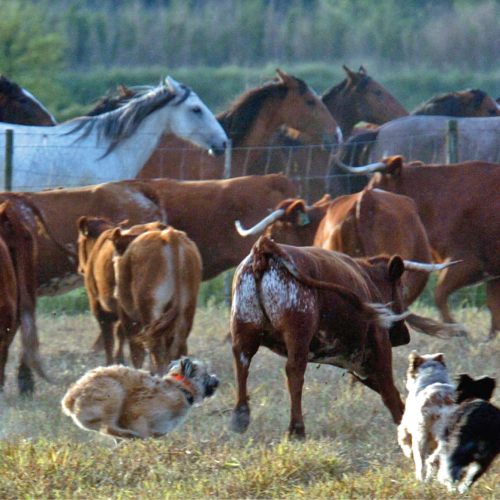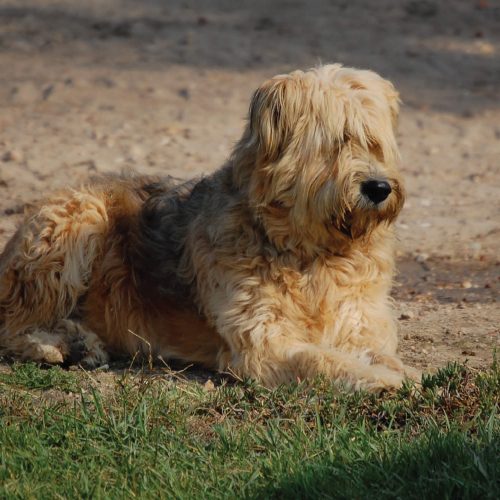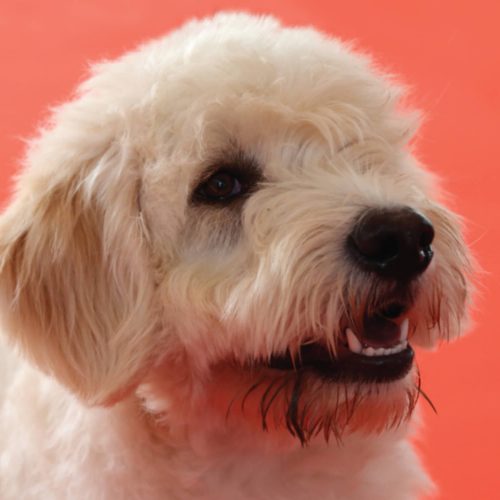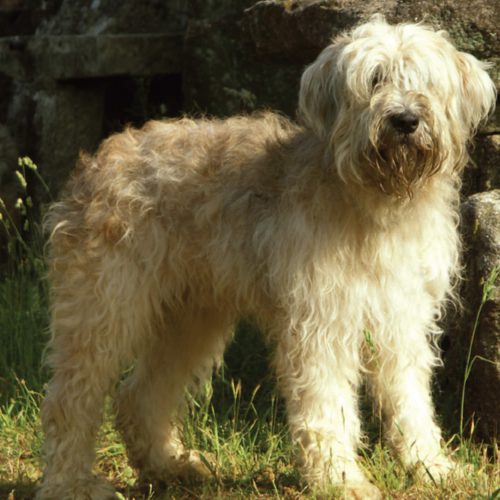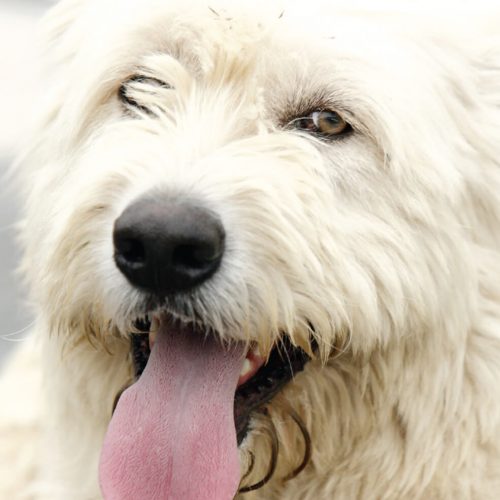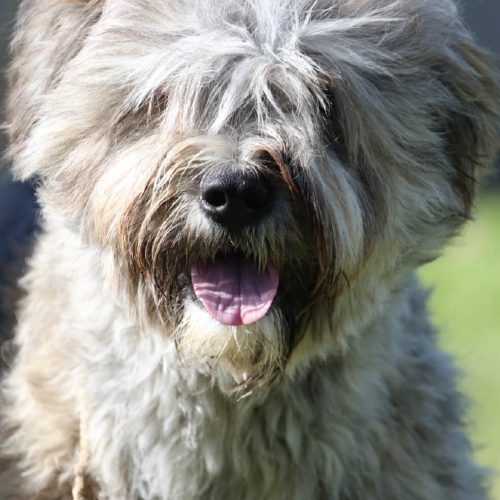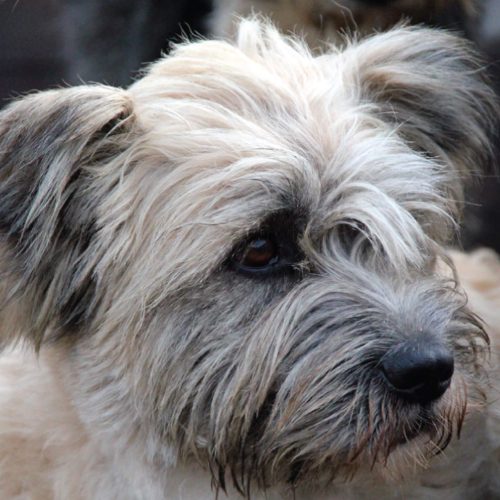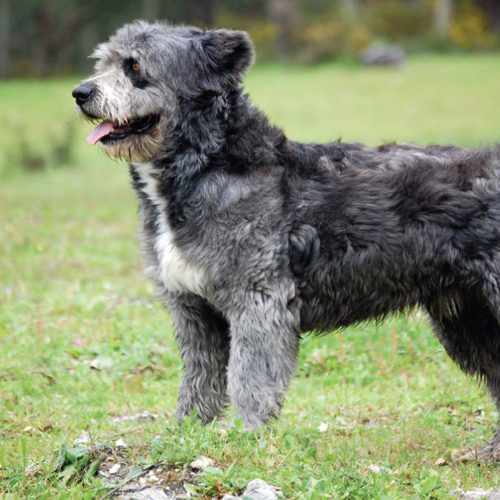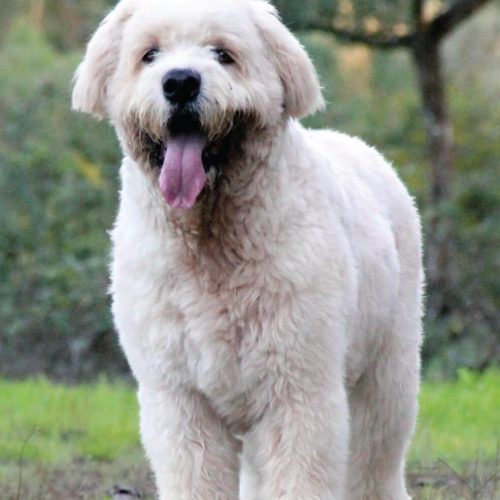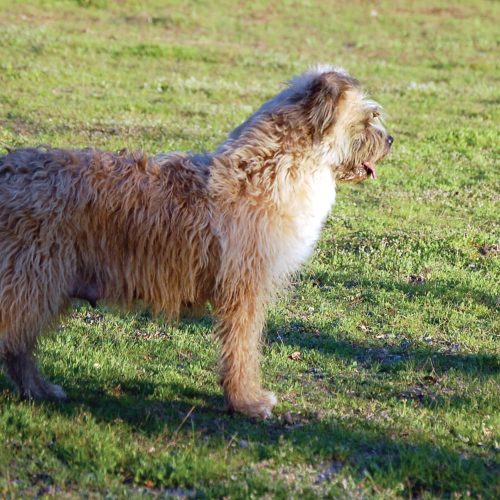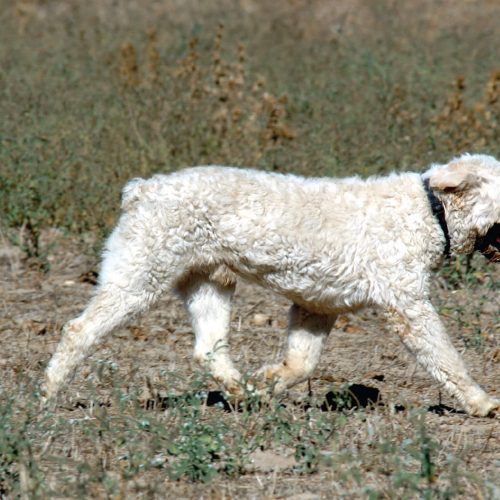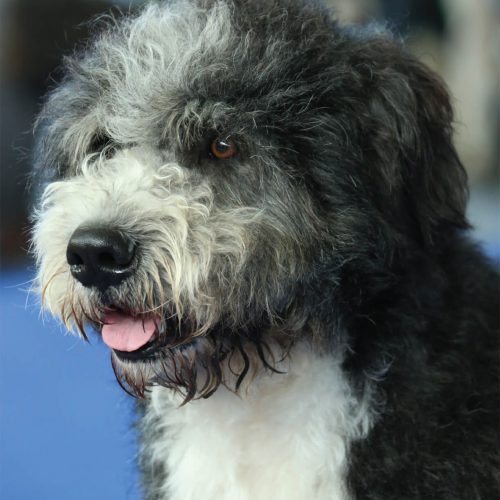Terceira Cattle Dog
Portuguese breed not recognized by the FCI
Origin | Terceira Island – Azores – Portugal. |
Utilization | Cattle herding dog per excellence, guardian and companion dog. |
F.C.I. ClassificationI | Group 1 – Sheepdogs and Cattle Dog (except Swiss Cattle Dogs).
Section 2 – Cattle Dogs (except Swiss Cattle Dogs) Without working trial. |
Height and Weight | Height at the withers:
Males: 52-58 cm. Females: 48-54 cm. Weight: Males: 25-30 Kg. Females: 21-26 Kg. |
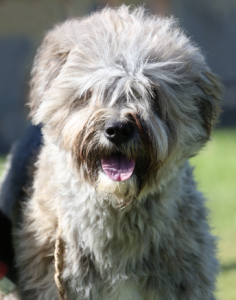
Brief Historical Summary
At the beginning of the settlement in the Azores Islands, it was necessary to control and gather several species of the newly introduced cattle. Several types of dogs, including some used in the mainland to handle cattle, arrived then to the Azores. The “Barbado” probably evolved from dogs used in gathering wild cattle brought by the settlers as early as the 15th century.
It is important to note that over the next centuries many people commuting with their dogs through the islands must have decisively influenced the existence of the present Barbado.
Behaviour/Temperament
Loyal companion to its owner, intelligent, easy to teach, joyful, docile and wilful.
General Appearance
Rustic, with a strong and well muscled body, covered with long, abundant and wavy hair.
Important Proportions
The length of the body is slightly longer than the height at the withers. (Sub-longilinear). The length of the skull is slightly longer than the length of the muzzle.
Head
Strong, massive and in proportion to the body. The longitudinal superior cranium-facial axes are parallel. The length of the skull is slightly longer than the length of the muzzle.
Cranial Region
Skull: Medium sized, slightly curved.
The frontal furrow begins approximately at the posterior third of the muzzle, continuing to half the skull. Non prominent eyebrow arches. The occiput is pronounced.
Stop: Slightly pronounced.
Facial Region
Nose: Large, cubical, straight. Well pigmented, black, brown admissible in yellow coats.
Muzzle: Strong, cylindrical and straight at the nasal bridge. It is wide with parallel lateral faces.
Well developed jaws.
Lips: Firm, thick and well pigmented. The commissure is not prominent.
Teeth: Strong, solid, well developed canines. Scissors or level bite.
Cheeks: Lean with tight skin.
Eyes: Medium sized, semi-frontal, horizontal, oval shaped, expressive and intelligent. Honey to dark brown with well pigmented lids.
Ears: Medium to high set, triangular, of medium size.
Hanging, folded and hairy; very mobile. When in attention the ears raise at the base and fold forward.
Neck
Medium sized, strong and well muscled. Well set into the shoulders, carrying the head with dignity.
Body
Top line: Straight and horizontal.
Withers: Wide, conferring a good connection between the neck line and the top line.
Back: Wide, flexible and well muscled.
Loin: Short and well set into the croup.
Croup: Robust and slightly sloping.
Chest: Wide and deep, reaching the elbows. Well sprung ribs, with good thoracic capacity.
Underline and belly: Uprising, and slightly tucked in belly.
Tail
Medium to low set. Docked by the third vertebra or natural of medium size, not reaching below the hock. At rest it hangs and curves at the inferior tip. Anurous dogs are acceptable.
Forequarters
Vertical with broad bones, well muscled and upright.
Shoulder: Well developed and slant.Scapula-humerus angle: Open.
Upper arm: Strong, with elbows close to the body
Forearm: Vertical.
Carpus (Pastern joint): Strong.
Metacarpus (Pastern): Slightly sloping.
Forefeet: Big and oval with well arched toes and thick and hard pads. Strong nails.
Hindquarters
Robust and well muscled. Good angulations, providing good propulsion.
Thigh: Well developed and well muscled.Legs: Long. Well developed.
Stifle joint: Closed.
Hock: Strong.
Metatarsus: Strong, almost vertical, short.
Hind feet: Oval, tight and arched toes, may have dewclaws.
Gait/Movement
Agile movement with good drive, allowing sudden changes in direction and transition between gaits.
Walks with a slight roll of the back, at an elastic trot with good reach and suspension. The gallop is energetic and fast.
Skin
Thin, pigmented, tight.
Coat
Long, dense, slightly wavy, neither straight nor curled, with abundant undercoat all over the body. The working clip, consisting of shortening the coat evenly, must be used in conformation dog shows.
HAIR: Strong, slightly thick but not harsh. Dense in the whole head, muzzle and over the eyes, covering them. Abundant in the jaws, forming the beard that gives the breed its name. On the limbs the hair is abundant, including between the toes. It is also abundant on the tail down to the tip.COLOUR: Yellow, grey, black, fawn and wolf grey in pale, common and dark shades. White markings are acceptable on the forefeet, hind feet or both, chest, belly and tip of tail; can have a white blaze (on the head) and/or a white collar.
Faults
Any departure from the foregoing points should be considered a fault and the seriousness with which the fault should be regarded should be in exact proportion to its degree and its effect upon the health and welfare of the dog.
Severe Faults
Behaviour: Shyness and aggressiveness.
Nose: Marbled.
Muzzle: Pointed and narrow.
Coat: Soft and without undercoat. White markings outside the limits set by the standard.
Height: Over 60 cm or under 48 cm.
Gait: Without reach and drive.
Eliminating Faults
Jaws: Undershot or overshot.
Eyes: Totally or partially blue.
Coat: Brown or spotted.
Any dog clearly showing physical or behavioural abnormalities shall be disqualified.
N.B.: Male animals should have two apparently normal testicles fully descended into the scrotum.
